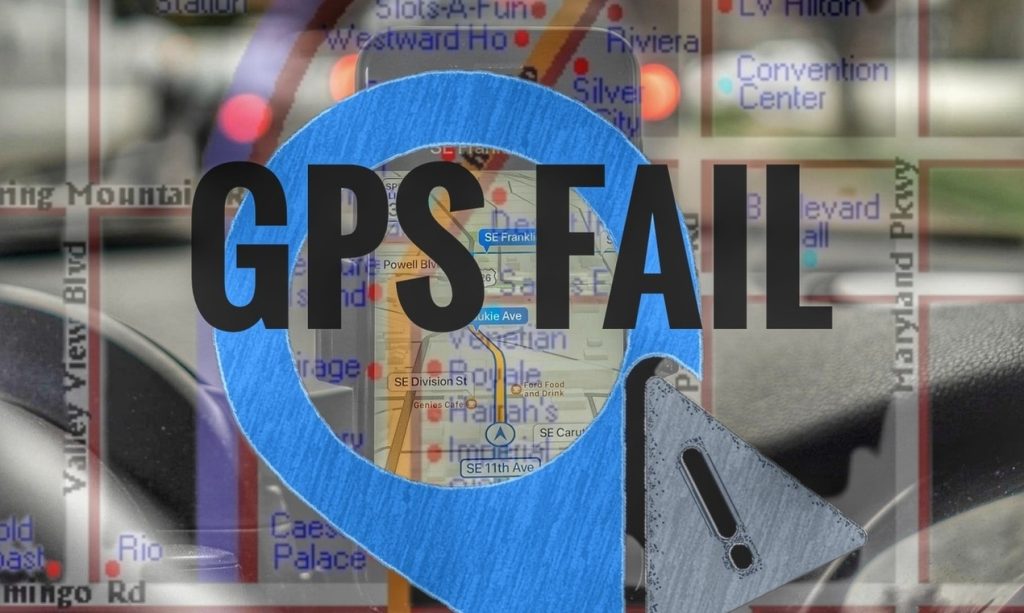SDN has moved!
Subscribe to our new @SurvivalDispatchNews Youtube channel
Obtain and Use Road Maps
Prior to the need arising to use contingency navigation; obtain State and local physical maps and offline digital maps. Also obtain maps for areas related to your rally points, family locations, and bugout locations. Familiarize yourself with the roads that you will be traveling on by studying road maps. Identify key landmarks, intersections, and highway numbers to help maintain your route. Take note of and learn how to use the scale, grid lines, and symbols on the map you’re using.
Understand the Roads
The highway system in the United States consists of numbered highways maintained by state and local governments. Even-numbered highways generally run east-west, while odd-numbered highways run north-south. Highway signs indicate the route number and the direction of travel, with a red, white, and blue shield-shaped sign used for Interstate highways. To identify roads that will take you to other states, use a map or mapping application to locate roads that cross state borders or connect to major highways leading to other states.
Use a Compass and Mileage Chart
It is necessary to have a compass and a mileage chart to navigate effectively. Ensure that you are proficient in their use, and utilize them to track progress along your route. A mileage chart can also aid in fuel calculations to determine when and where you’ll attempt to collect fuel and how much you’ll need to store.
Pay Attention to Road Signs and Landmarks
Road signs and landmarks are fundamental in road navigation. Pay attention to street signs, mile markers, and exit signs to maintain course. Observe landmarks like water towers, bridges, or tall buildings to confirm your location.
Draw a Strip Map
A strip map is a simplified version of a road map, which shows only the roads and landmarks you will encounter along your route. Create a strip map of your route on a piece of paper and use it to track progress. This is especially useful in low light conditions or areas of poor visibility. A strip map doesn’t offer many alternative routes so if you need to navigate around a road closures or disturbance; you’ll need to refer to a primary map of the area.
Ask for Directions
If necessary, ask for directions from people who appear knowledgeable about the area. Be courteous and friendly in your approach. Select those that do not appear to be a threat and are in a public area.
Make Your Plan Beforehand
Make a bugout plan to egress from your home, work, or other frequented locations to a safe shelter such as a vacation house, family member’s home, or other designated area. Have evacuation routes pre-planned in the event of a localize disaster or threat. Obtain maps and tools in advance. Study them create multiple routes. Ensure family members are aware of your plans and primary routes. Keep maps in your vehicle and keep backup offline copies on your phone.
This article was originally written by the Grayman Briefing. Stay in the know. Sign up for Intel and Situational Awareness alerts pushed to your phone on emerging threats and preparedness warnings. Click HERE to subscribe to the Grayman Briefing.
=====
Become a Survival Dispatch Insider …
We bring together survival enthusiasts and preppers to share skills and knowledge, so you can enhance your preparedness for emergencies and ensure the safety of you and your community.
The Results You’ll Get …
Our community, courses, and memberships are pretty special. We focus on the ways it will make a huge difference in your life.
Here are a few of the things you’ll be able to do as a member of Survival Dispatch Insider …
1) Improve your emergency preparedness by learning survival skills and strategies from experienced preppers.
2) Build lasting connections with like-minded individuals that share your passion for safety and readiness.
3) Access a wealth of knowledge and resources to assist in protecting you and your community during unexpected situations.
Click HERE to get started.
=====


